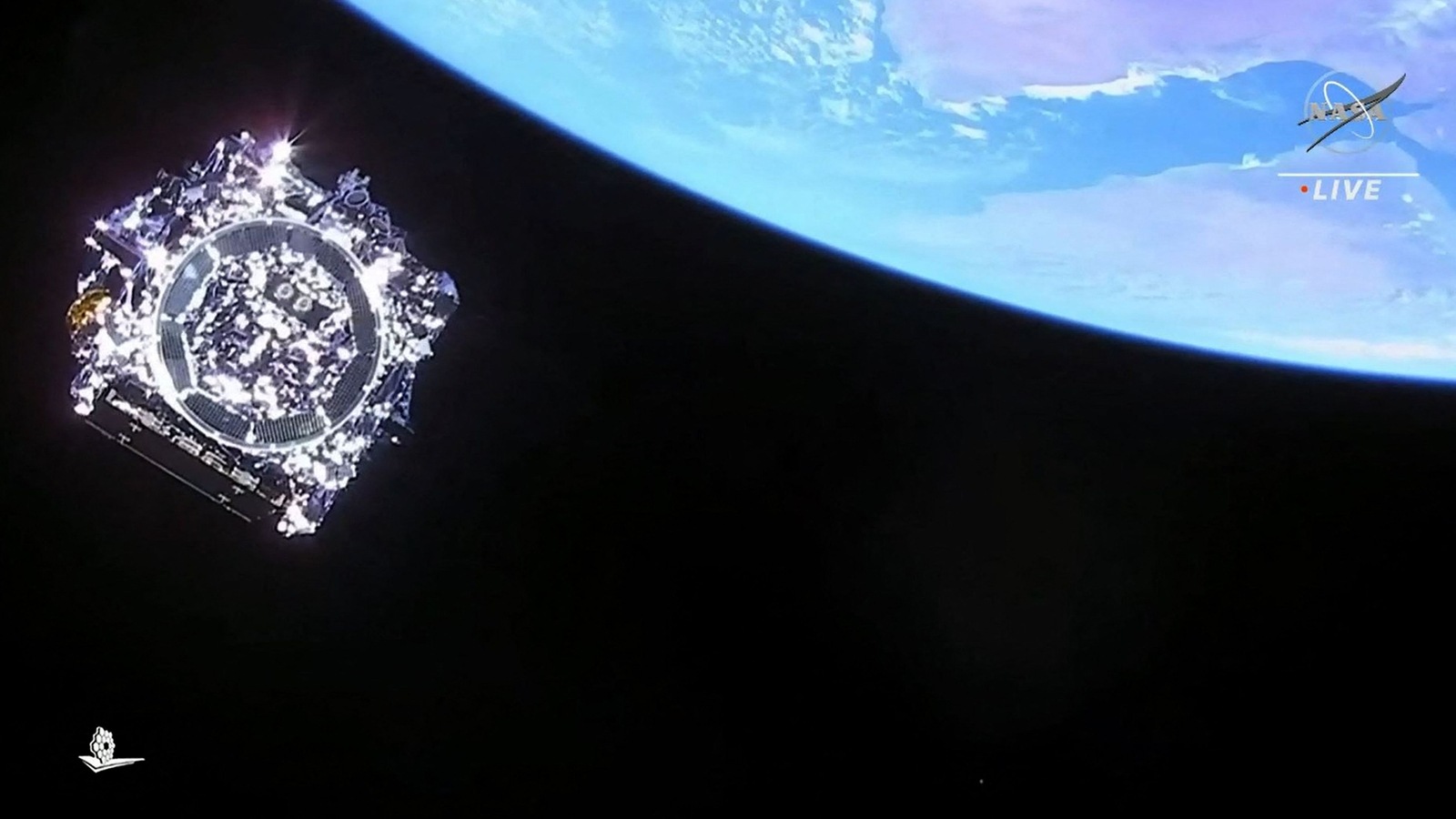NASA: James Webb Space Telescope hit by asteroid! Will it survive?
In a shocking development revealed by NASA, the James Webb Space Telescope has been hit by micro-asteroids. NASA says the asteroids were larger than predicted.

The James Webb Space Telescope was launched into space by NASA on December 25, 2021 and it slowly moved towards its target location of Sun-Earth L2 Lagrange point in January. But less than six months into its space exploration mission, it has come across some serious trouble. The Webb space telescope suffered multiple impacts by an asteroid or rather, micro-asteroids or micrometeoroids on Wednesday, June 8. While these minor hits are usually not a big concern, according to the space agency, this impact was larger than what was predicted by NASA's models. It is also the first serious hit taken by the space telescope. A concern is that with many sensitive instruments and fragile mirrors onboard the space telescope, is the damage going to affect its performance? Read on to find out. Also read: NASA to launch 3 rockets from private Australian space port
NASA reported in its blog post that the space observatory has endured micrometeoroid impacts. It also explained that “micrometeoroid strikes are an unavoidable aspect of operating any spacecraft, which routinely sustain many impacts over the course of long and productive science missions in space”. While the space agency has reassured that there is no need to worry and the JWST mission will continue as expected, it also did mention that this particular micro-asteroid strike was larger than expected.
NASA James Webb Space Telescope suffers micro-asteroid strike
Addressing the issue, Paul Geithner, technical deputy project manager at NASA's Goddard Space Flight Center said, “We always knew that Webb would have to weather the space environment, which includes harsh ultraviolet light and charged particles from the Sun, cosmic rays from exotic sources in the galaxy, and occasional strikes by micrometeoroids within our solar system”. In fact, this is the case with every spacecraft that travels to space. The ships are designed with high endurance capabilities to ensure they can withstand such impacts. However, the question arises whether continuous impacts like these can cause deterioration in the space telescope over time. Also read: NASA Hubble Space Telescope captures this largest image ever, will reveal many secrets
“With Webb's mirrors exposed to space, we expected that occasional micrometeoroid impacts would gracefully degrade telescope performance over time. Since launch, we have had four smaller measurable micrometeoroid strikes that were consistent with expectations and this one more recently that is larger than our degradation predictions assumed. We will use this flight data to update our analysis of performance over time and also develop operational approaches to assure we maximize the imaging performance of Webb to the best extent possible for many years to come,” said Lee Feinberg, Webb optical telescope element manager at NASA Goddard.
It is worth noting that NASA is expecting to reveal the first high-quality images from the James Webb Space Telescope on July 12.
Catch all the Latest Tech News, Mobile News, Laptop News, Gaming news, Wearables News , How To News, also keep up with us on Whatsapp channel,Twitter, Facebook, Google News, and Instagram. For our latest videos, subscribe to our YouTube channel.




























